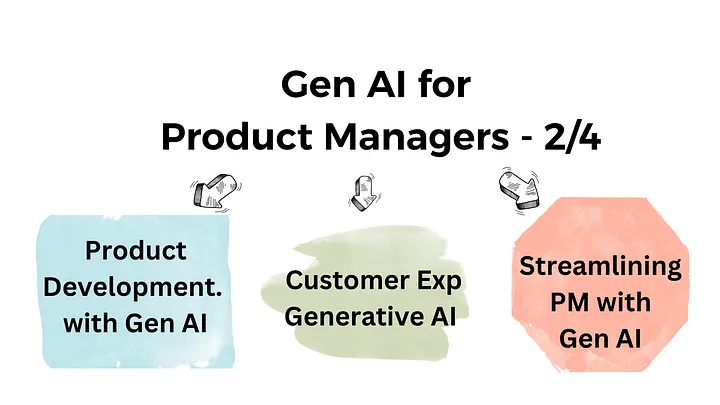
Gen AI for Product Manager 2
In part 2 of Gen AI for Product Managers, we will discuss the following things
1. Product Development with Gen AI
→ Accelerating Product Ideation?
→ Prototyping and Design?
2. Enhance Customer Experience with Gen AI
→ Personalised Recommendations
→ Content Generation and Advertisement Automation
→ Customer Support
3. PM Tasks with Gen AI
→ Text Generation
→ Image Generation
Enhanced Product Development with Generative AI
Generative AI is revolutionizing the product development process, accelerating ideation, prototyping, and design.
By leveraging the power of AI, product teams can explore new possibilities, iterate rapidly, and bring innovative products to market faster.
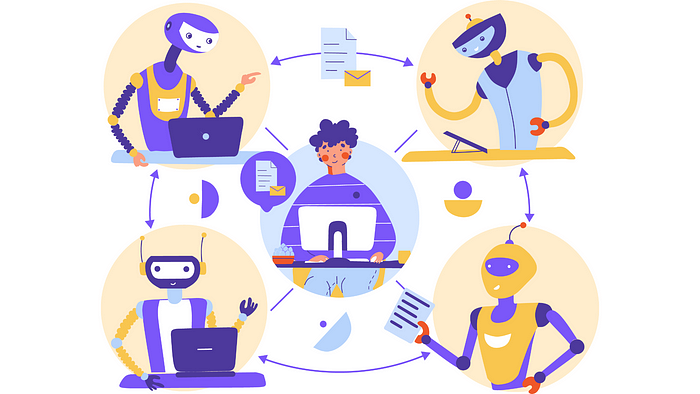
Accelerating Ideation
- Brainstorming and Idea Generation: Generative AI can generate a vast number of ideas based on specific criteria, sparking creativity and inspiring novel product concepts. For instance, a company could use AI to generate new product names, slogans, or feature ideas.
- Market Trend Analysis: AI can analyze vast amounts of data to identify emerging trends and consumer preferences, helping product teams develop products that resonate with their target audience. For example, a fashion brand might use AI to identify the latest trends in color palettes or fabric choices.
- Competitive Analysis: Generative AI can analyze competitors’ products and identify opportunities for differentiation. This can help product teams develop unique and competitive offerings.
Streamlining Prototyping
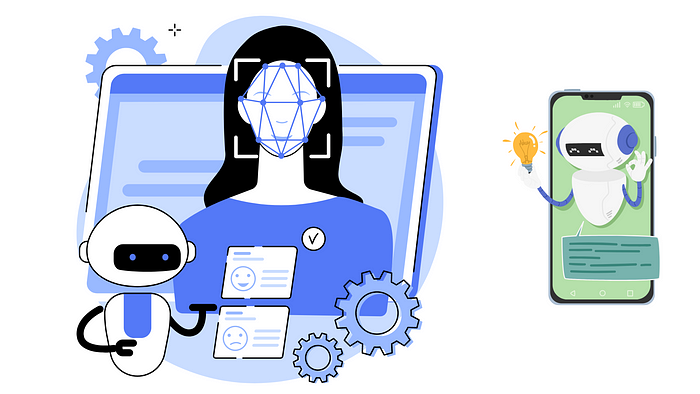
- Rapid Prototyping: Generative AI can create prototypes quickly and efficiently, allowing product teams to test ideas early in the development process. This can help identify potential issues and make necessary adjustments before investing significant resources.
- Design Exploration: AI can generate multiple design options, allowing product teams to explore different possibilities and choose the best approach. This can lead to more innovative and effective product designs.
- User Testing: AI can help automate user testing, providing valuable insights into product usability and user satisfaction. This can help product teams make data-driven decisions and improve the overall user experience.
Enhancing Design
- Design Optimization: Generative AI can optimize product designs based on various criteria, such as aesthetics, functionality, and cost. This can help product teams create products that are both visually appealing and practical.
- Customization: AI can be used to create personalized product designs, tailoring offerings to individual customer preferences. This can help increase customer satisfaction and loyalty.
- Material Selection: Generative AI can help select the most appropriate materials for product components, considering factors such as durability, cost, and sustainability. This can lead to more efficient and environmentally friendly product designs.
Real-World Examples:
- Nike: Nike has used generative AI to design new sneaker concepts, exploring a wide range of possibilities and identifying innovative designs.
- IKEA: IKEA has leveraged AI to create personalized product recommendations, tailoring its offerings to individual customer preferences.
- General Electric: GE has used generative AI to design new jet engine components, optimizing performance and reducing weight.
By embracing generative AI, product teams can accelerate product development, reduce costs, and bring innovative products to market faster. As AI technology continues to advance, we can expect to see even more groundbreaking applications in the field of product development.
Improved Customer Experience with Generative AI
Generative AI is revolutionizing the way businesses interact with their customers, offering personalized experiences, engaging content, and efficient support. By leveraging the power of AI, companies can create deeper connections with their customers, drive loyalty, and increase customer satisfaction.
Personalized Recommendations
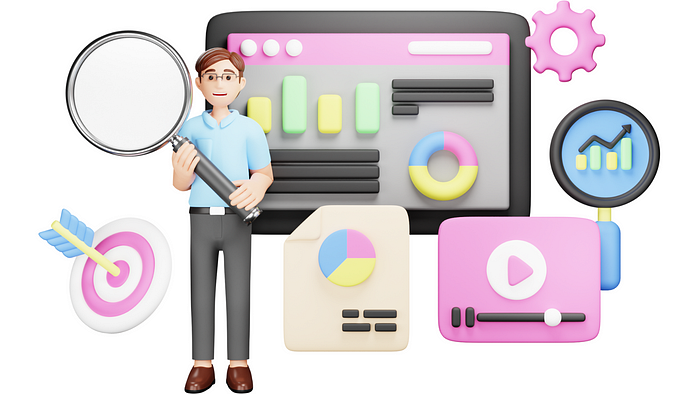
- Tailored Offers: Generative AI can analyze customer data to identify individual preferences and behaviours, allowing businesses to offer highly personalized recommendations. For example, e-commerce platforms can suggest products based on a customer’s browsing history, purchase history, or demographics.
- Targeted Marketing: By understanding customer preferences, generative AI can create targeted marketing campaigns that are more likely to resonate with the audience. This can improve conversion rates and reduce marketing costs.
- Personalized Content: Generative AI can create personalized content, such as product descriptions, email newsletters, or social media posts, that are tailored to individual customers. This can enhance the customer experience and increase engagement.
Engaging Content Generation
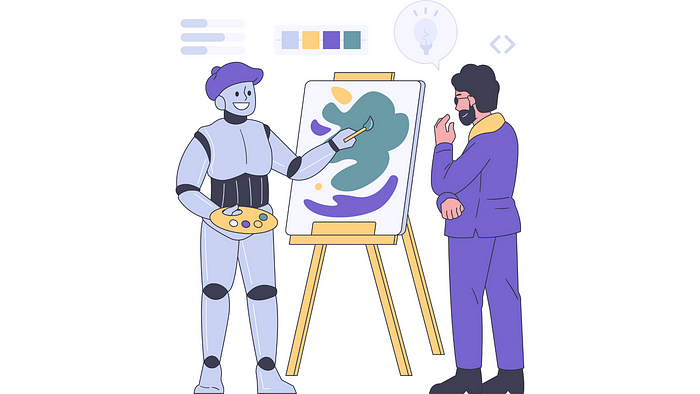
- Dynamic Content: Generative AI can create dynamic content that adapts to the user’s context, such as their location, device, or time of day. This can provide a more relevant and engaging experience for customers.
- Creative Content: Generative AI can be used to create creative content, such as product descriptions, social media posts, or even blog articles. This can help businesses stand out from the competition and attract new customers.
- Language Translation: Generative AI can be used to translate content into multiple languages, making it easier for businesses to reach a global audience.
Enhanced Customer Support
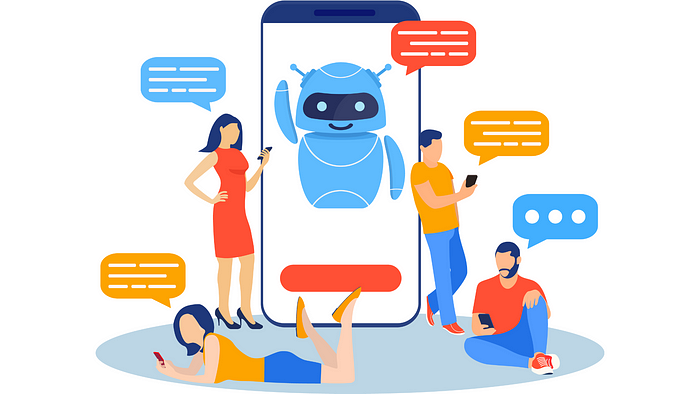
- Chatbots: Generative AI-powered chatbots can provide 24/7 customer support, answering common questions and resolving issues efficiently. This can reduce customer wait times and improve overall satisfaction.
- Sentiment Analysis: By analyzing customer feedback, generative AI can identify sentiment trends and identify areas for improvement. This can help businesses address customer concerns and improve their products or services.
- Personalized Support: Generative AI can be used to provide personalized support, tailoring responses to individual customer needs and preferences. This can create a more empathetic and satisfying customer experience.
Real-World Examples:
- Netflix: Netflix uses generative AI to recommend personalized content to its users, improving customer satisfaction and reducing churn.
- Amazon: Amazon leverages AI to create personalized product recommendations and provide efficient customer support through its Alexa virtual assistant.
- Sephora: Sephora uses AI to generate personalized beauty recommendations based on customers’ skin type, preferences, and purchase history.
By harnessing the power of generative AI, businesses can create more personalized, engaging, and efficient customer experiences. This can lead to increased customer loyalty, higher revenue, and a stronger brand reputation.
Streamlining Product Management with Generative AI
Generative AI offers a powerful toolkit for product managers, enabling them to streamline various tasks and improve operational efficiency. By leveraging the capabilities of AI, product teams can automate routine activities, enhance decision-making, and optimize resource allocation.
Automating Routine Tasks
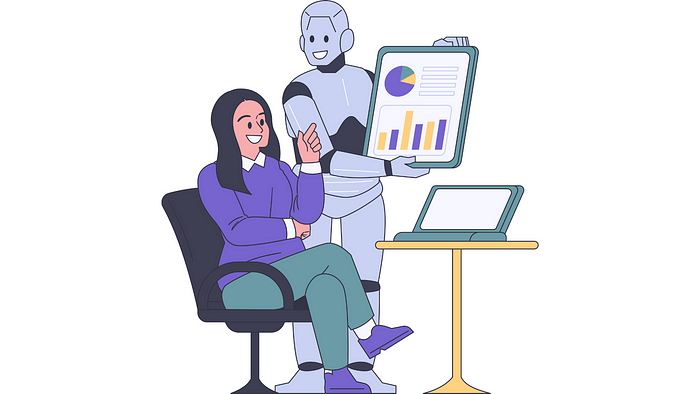
- Data Analysis and Reporting: Generative AI can automate data analysis and reporting tasks, freeing up product managers to focus on strategic initiatives. For example, AI can analyze customer feedback, market trends, and competitor data to provide actionable insights.
- Documentation and Content Creation: Generative AI can assist in creating product documentation, marketing materials, and other content, reducing the time and effort required for these tasks.
- Task Management and Prioritization: AI-powered tools can help product managers prioritize tasks based on their impact and urgency, ensuring that resources are allocated effectively.
Enhancing Decision Making
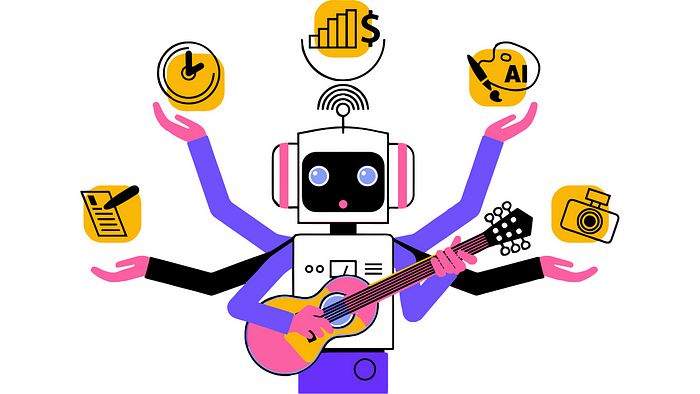
- Predictive Analytics: Generative AI can be used to predict future trends and outcomes, helping product managers make informed decisions. For example, AI can forecast product demand, identify potential risks, and optimize pricing strategies.
- Scenario Planning: By simulating different scenarios, generative AI can help product managers evaluate potential outcomes and make more informed decisions. This can be particularly useful when considering new product launches or strategic initiatives.
- Risk Assessment: AI can identify potential risks and vulnerabilities, allowing product managers to take proactive measures to mitigate them.
Optimizing Resource Allocation
- Resource Planning: Generative AI can help product managers optimize resource allocation by analyzing workload, capacity, and project timelines. This can ensure that resources are used efficiently and effectively.
- Cost Optimization: AI can identify opportunities for cost savings by analyzing data on spending, efficiency, and performance. This can help product managers maximize ROI and minimize expenses.
- Project Management: Generative AI can be used to automate project management tasks, such as scheduling, tracking progress, and identifying bottlenecks. This can improve project efficiency and reduce the risk of delays.
